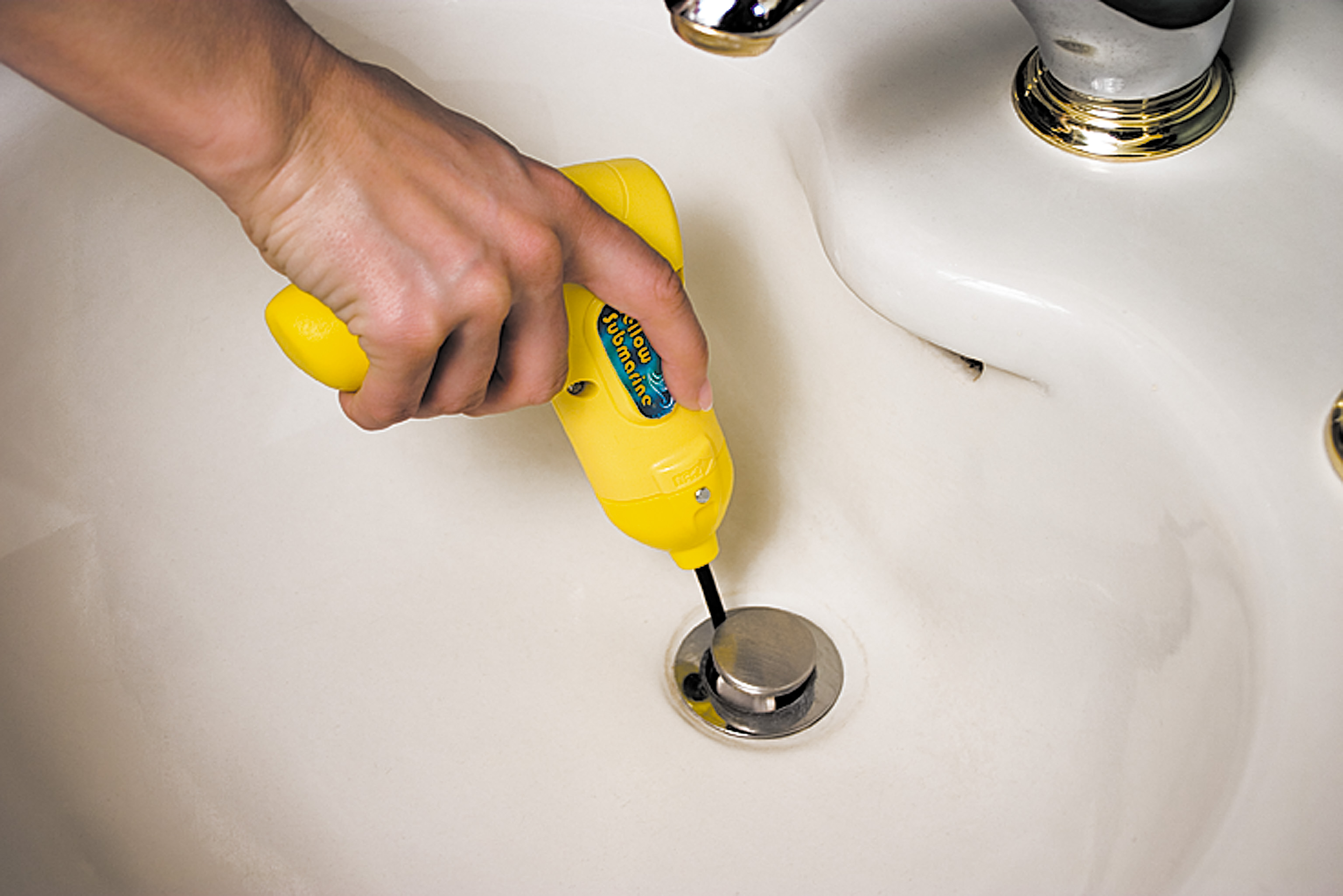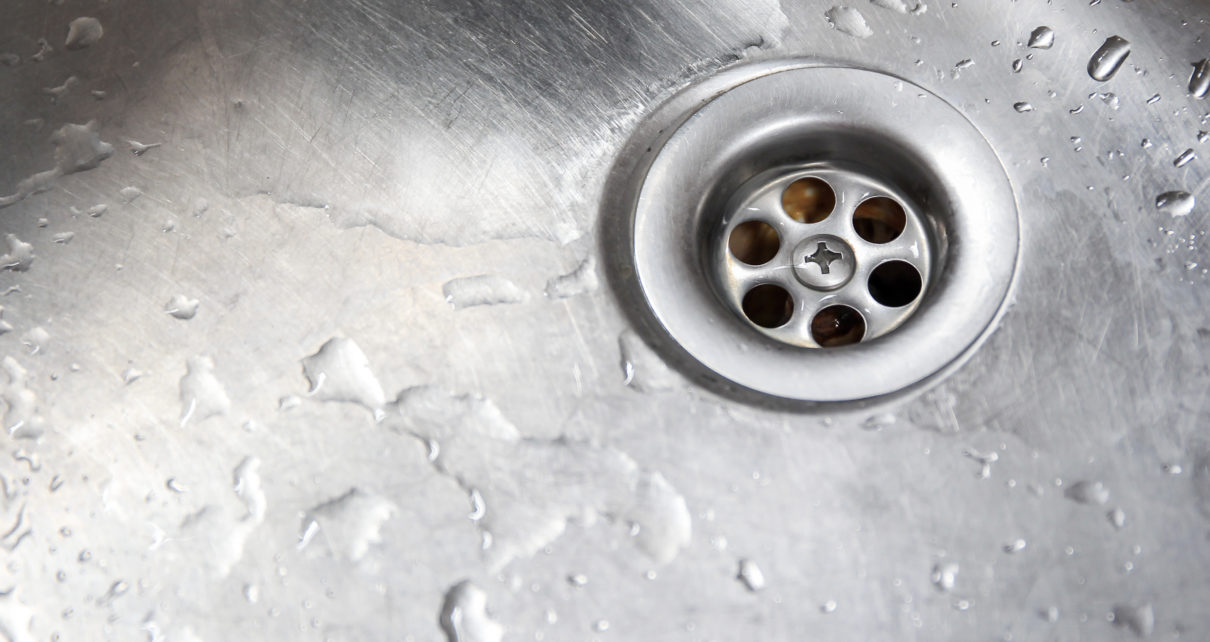So, you need to unstop a drain. Plumbers can be expensive, and unclogging drains is an art, that most plumbers know well. However, the average homeowner goes about it the wrong way. The only tool you will need to unstop most drains is a good plunger, and the proper technique to use it. With the right knowledge and equipment, you may no longer need to call for a plumbing repair service.
Everyone needs to keep a good plunger on hand. There are many different plungers on the market. The best to use is a simple all rubber plunger. Buy one that has a deep base, with an extension cup on the bottom. The black all rubber plungers, with the wooden handle, found at most home centers or hardware stores are best.
The word plunger is actually an oxymoron. It implies to plunge or push something through a drain. Actually, you don’t want to push the clog through the drain, you want to pull it back. It is much simpler to pull a clog back up the drain, than to try to push it several feet to the main stack. So we want to pull with the plunger, not push. Now that you know the proper technique for using a plunger, let’s get started.
Kitchen Drain
A kitchen drain is perhaps the hardest drain to unstop. Most kitchen sinks are double sinks, so to unstop the drain, you need to stop up one side of the sink. Use the chrome basket strainer that fits in the sink. Turning it to the position that would normally stop the sink. Fold a wet dishcloth, and place on top of the strainer.
Hold that firmly in place with your hand. Make sure there are several inches of water in the side of the sink you are trying to unstop. Place your plunger centered over the open sink drain. Gently push down until the plunger is collapsed, then pulled back toward you quickly and forcibly. Do this action repeatedly, for several minutes.
Remove plunger from drain and see if it drains well. If not, repeat process. Generally, this will unstop your drain. After your drain is unstopped, rinse with clean hot water for several minutes.

Bathroom Sinks
Bathroom sinks are relatively easy to unclog. You use the same process as listed above for the kitchen drain.There is usually a small hole or slit in the front of the lavatory sink. Use a wet rag or dishcloth to stop up the opening. Hold firmly in place. Use the same action as listed above. Rinse with hot water.
If your lavatory sink has a pop-up stopper, You will need to remove it, most of the time by grabbing and turn slightly one way or the other.
If you did it right, quite a lot of black, nasty water will be pulled up into your sink. That is because you are loosening the clog and pulling it back.
Unclogging a drain is not that difficult, if you know the proper technique for using a plunger. I have opened many drains with this technique. It is the same one that the pros use. If you find that after 5 or 10 minutes of plunging your drain, it doesn’t unstop, you may need to seek the services of a professional. Always after unclogging your drain, rinse thoroughly with hot water for about five minutes.
Tips to Keep Your Drain Clean
After using any sink, rinse thoroughly with clean water. Never pour grease in your sink Never wash food down your drain, unless you have a disposal After shaving, be sure to rinse with hot water for several minutes pour a half cup baking soda in a gallon of water, stirring until dissolved, and pour down your drain monthly. Preferably when you are not going to use it for a few hours.





